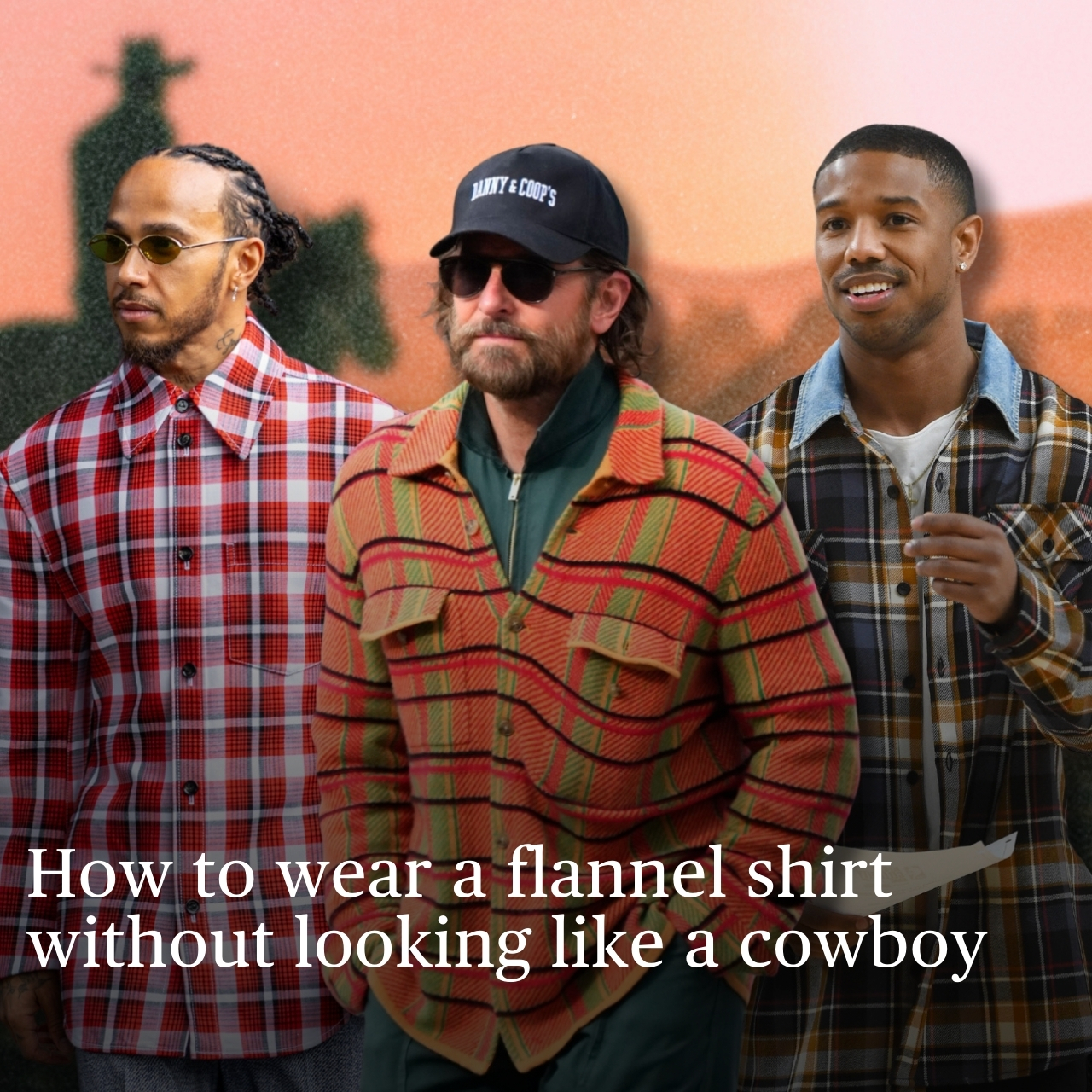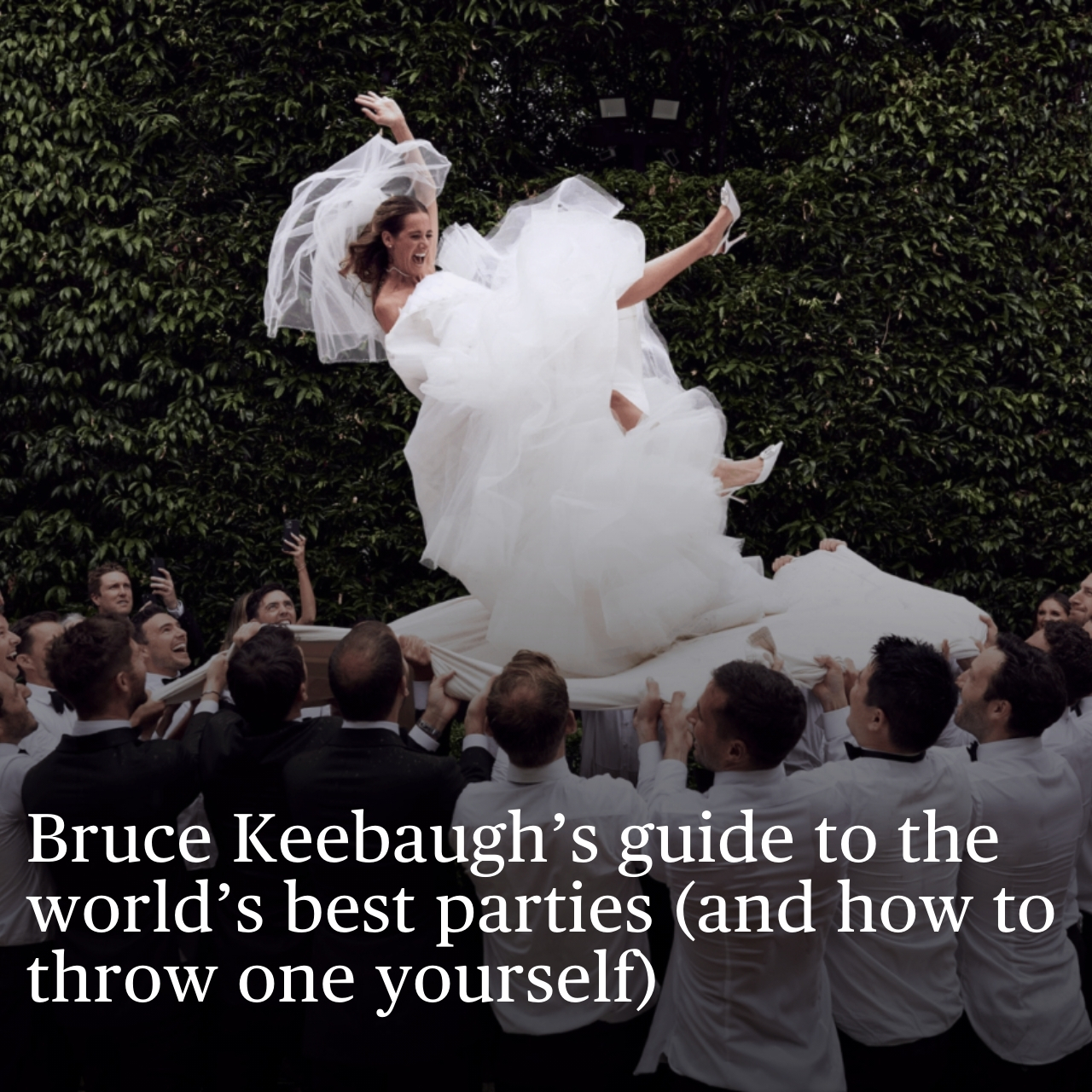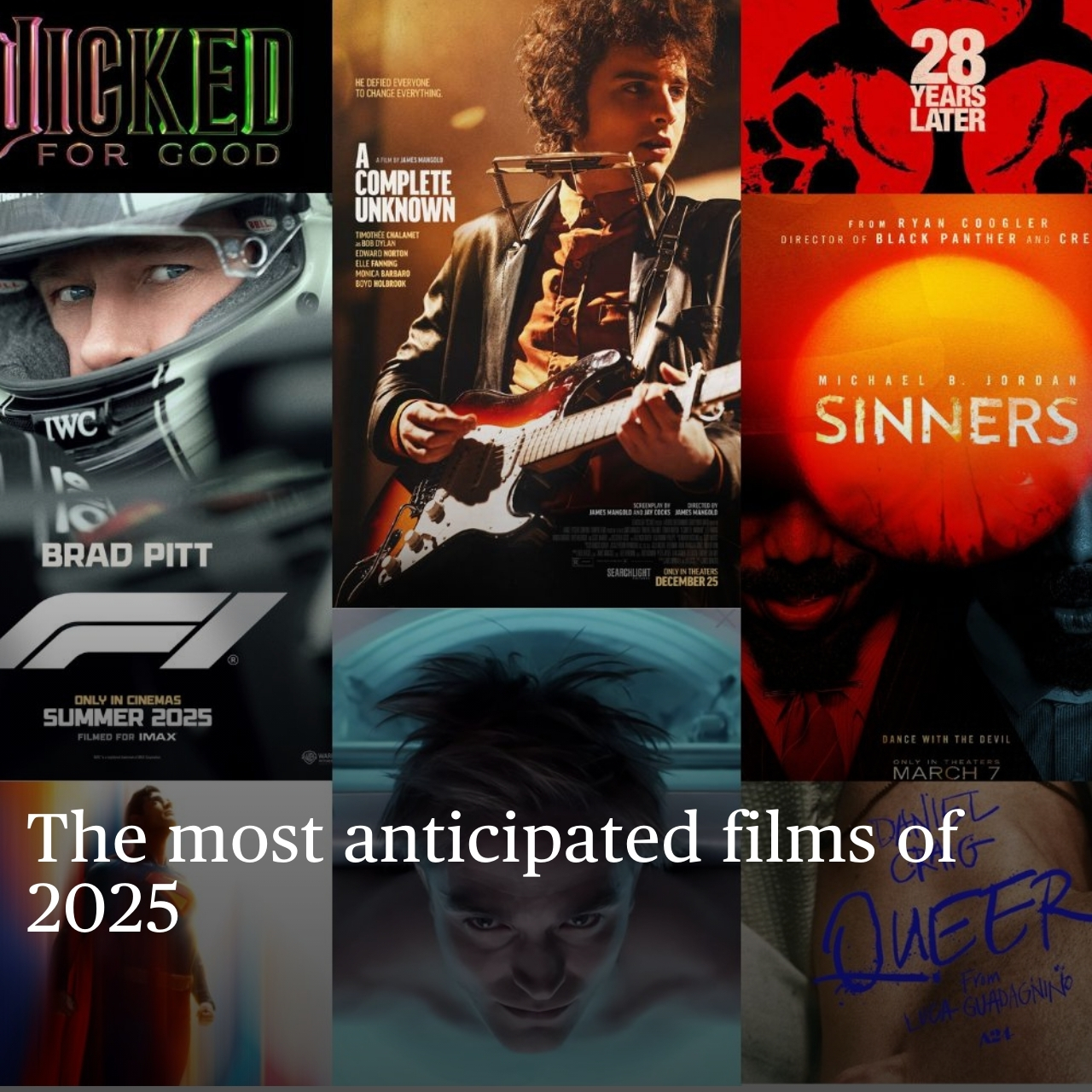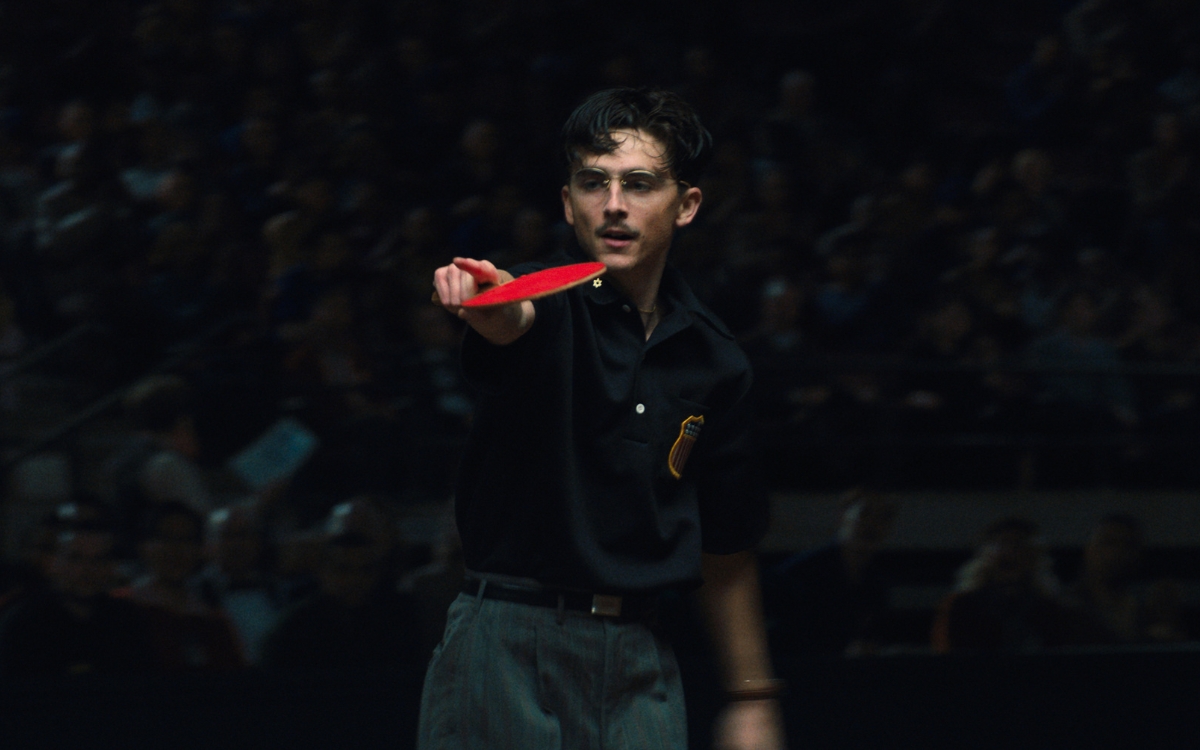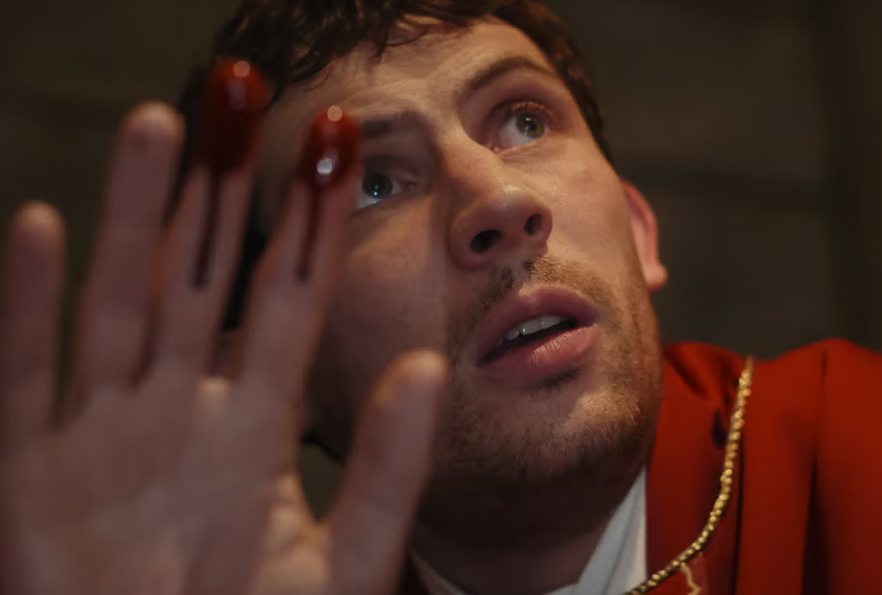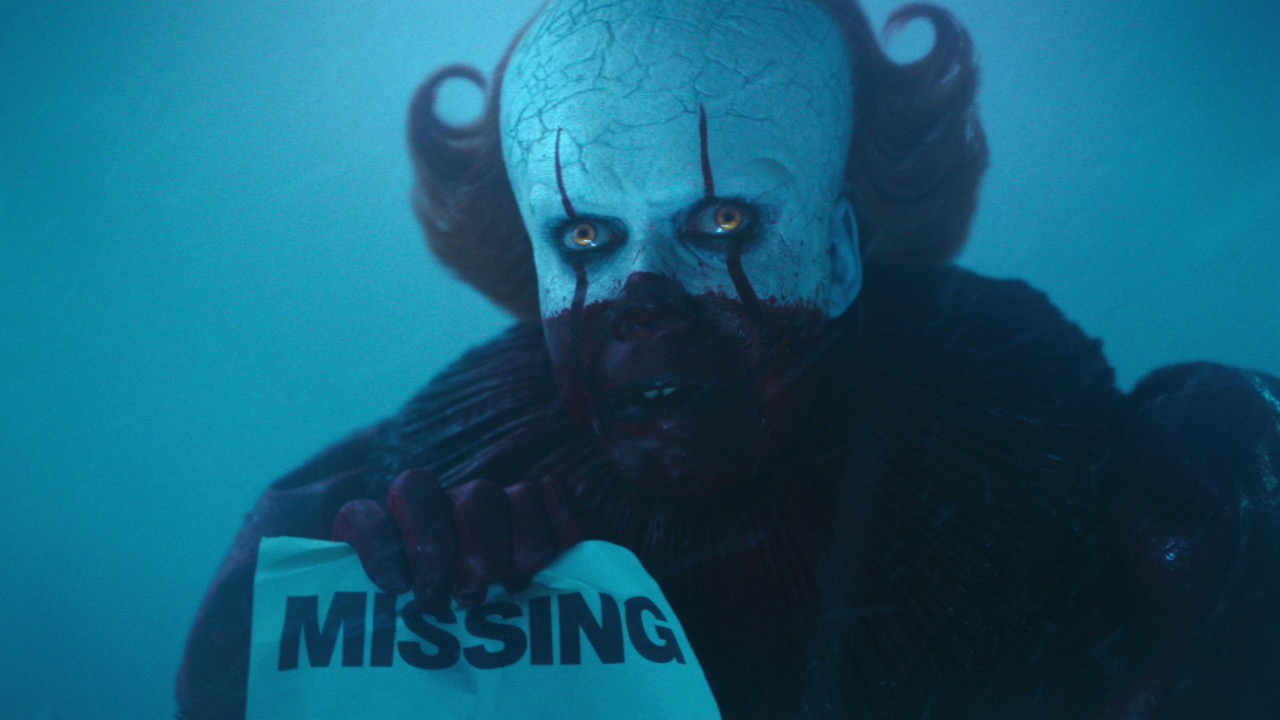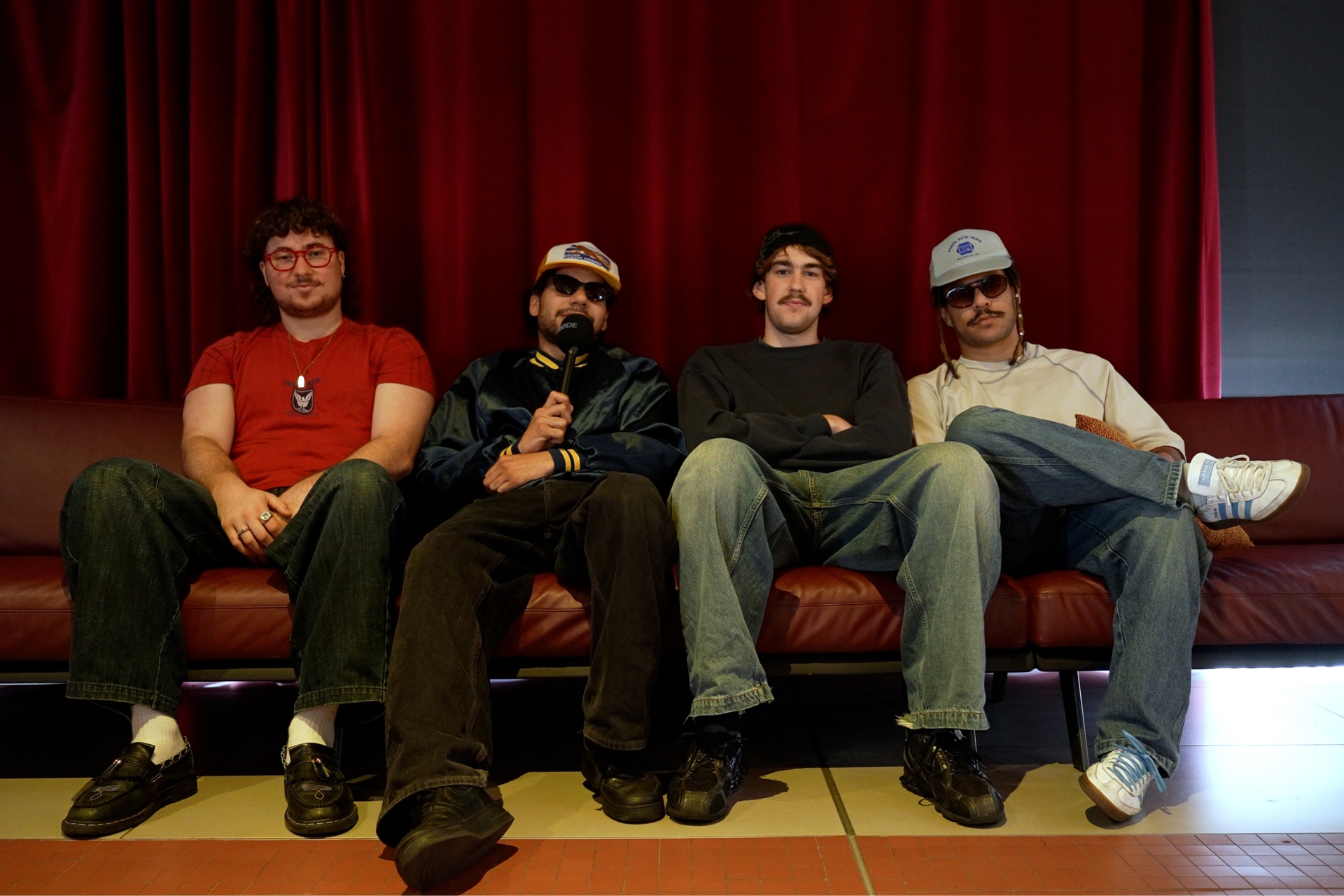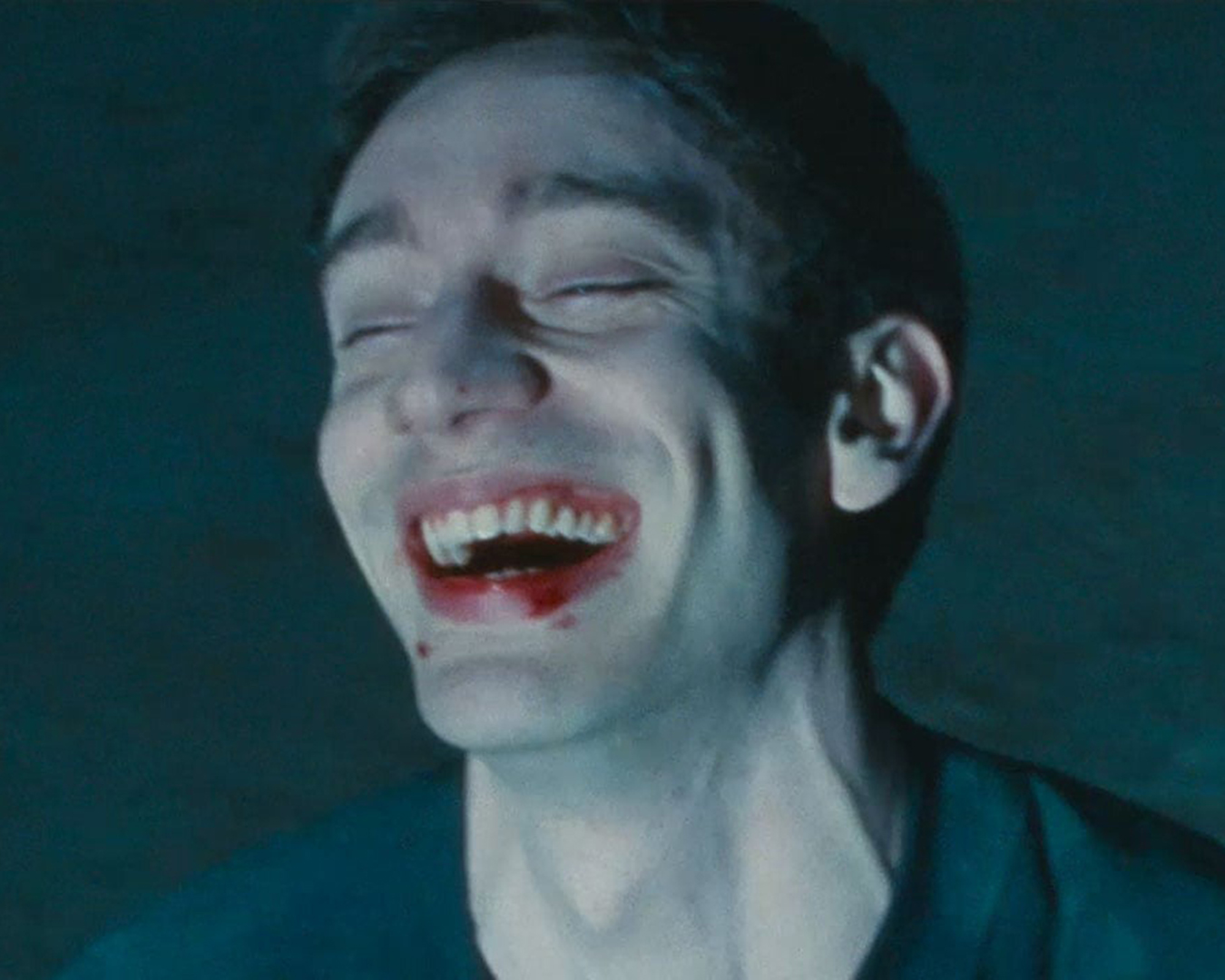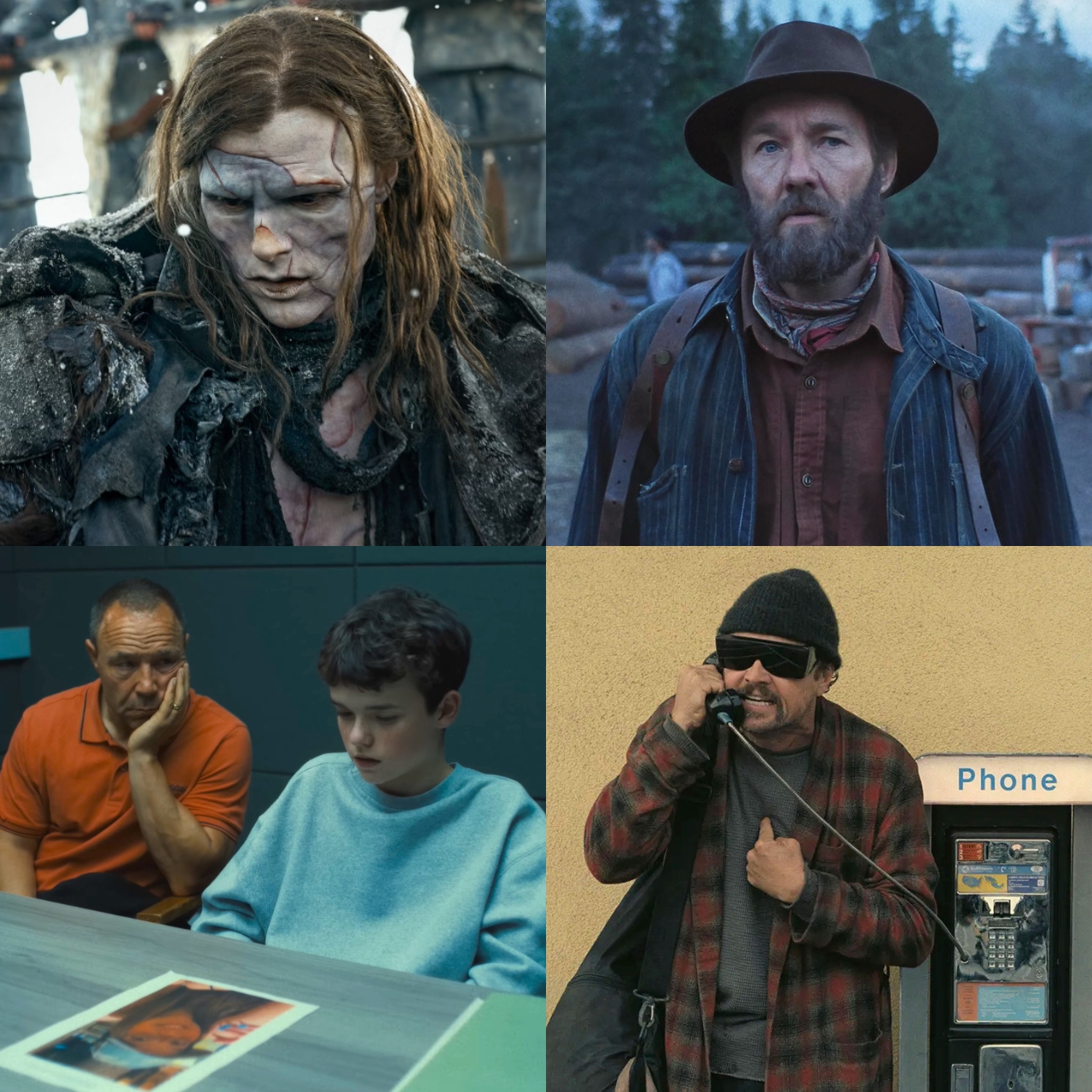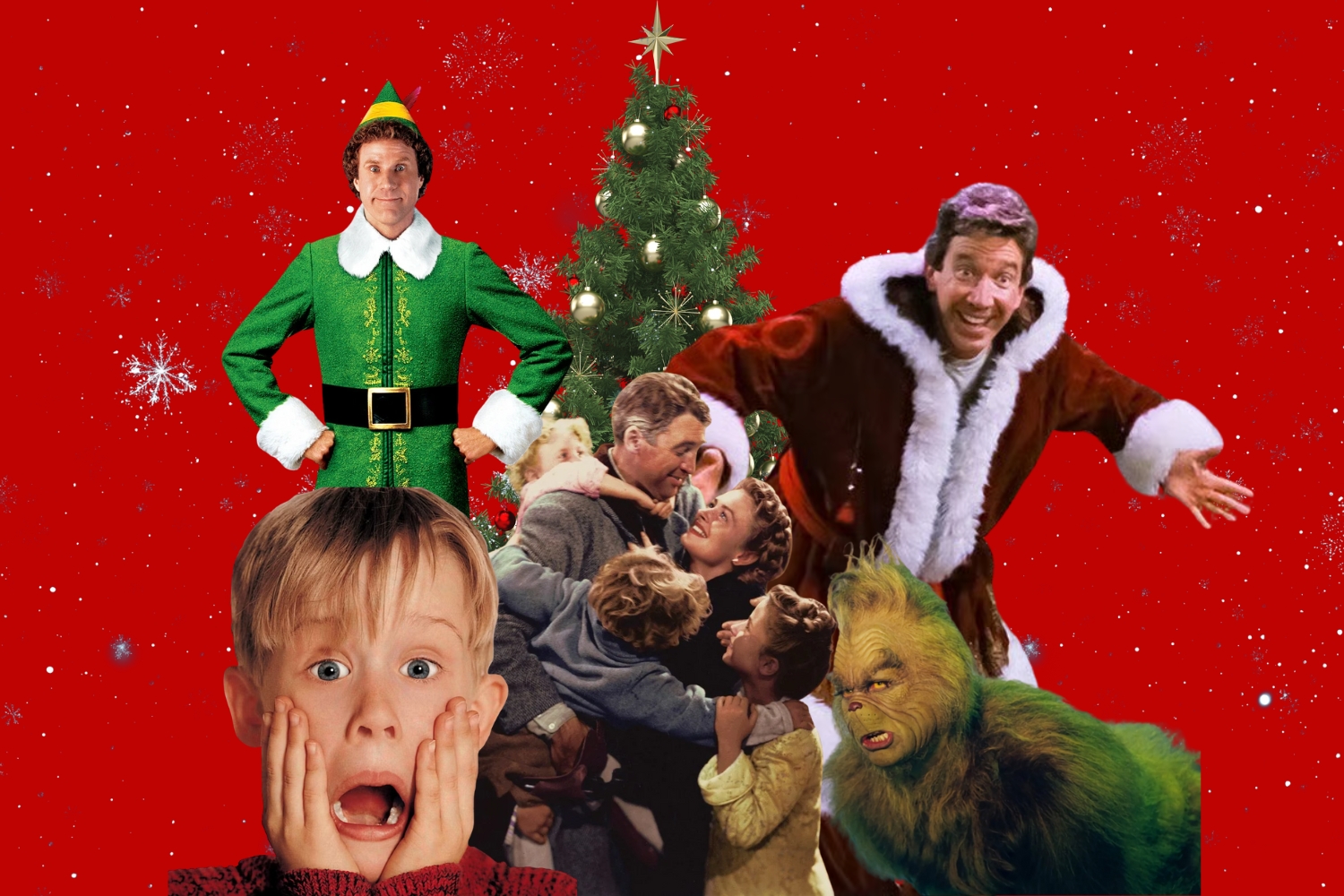6 period dramas to watch after ‘The Gilded Age’
And ones that aren’t ‘Downton Abbey’
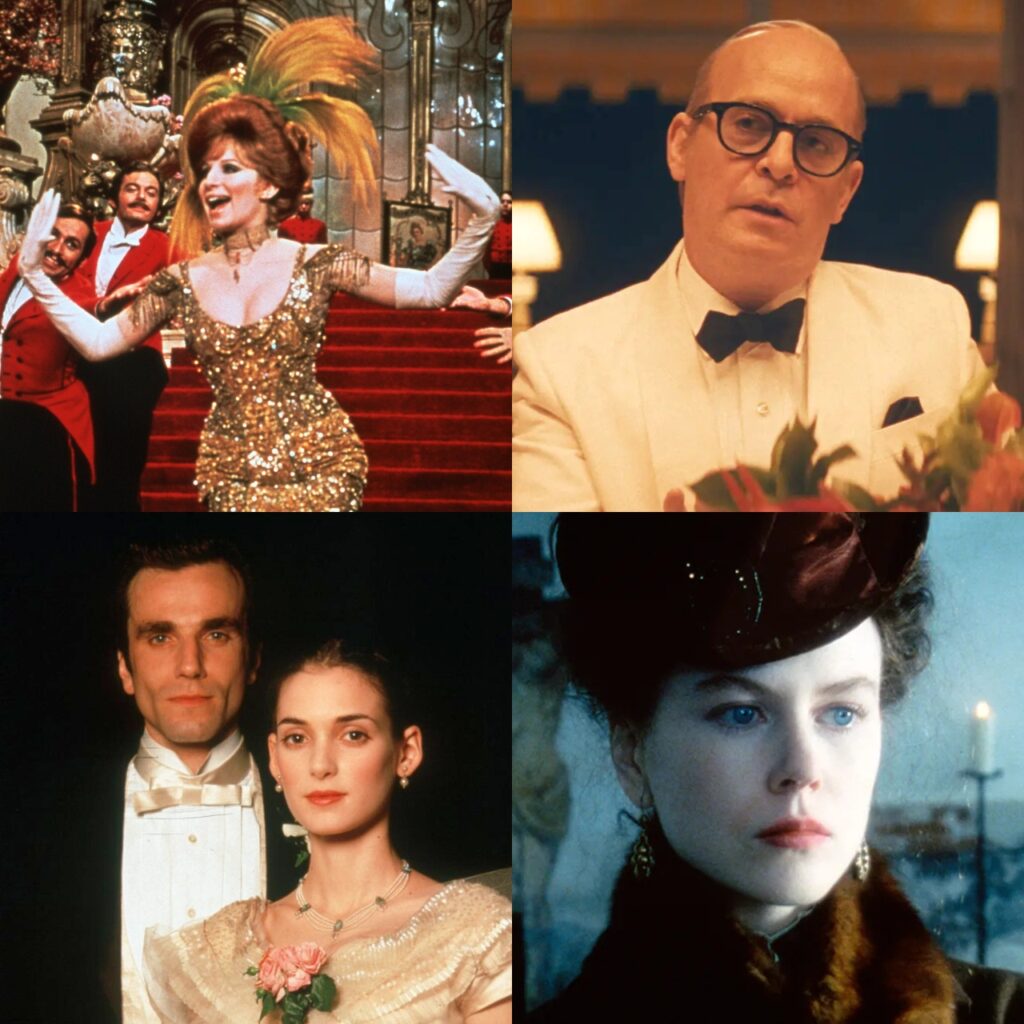
YOU GOTTA GIVE IT UP to Baron Julian Fellowes. Give the aristocrat-turned-writer a glamorous bygone epoch, and you’ve got yourself a TV show. It’s worked for more than a decade with Downton Abbey, which is reaching its last legs after being spun into a series of films. And it certainly has with The Gilded Age, his latest HBO prestige Sunday night slot-holder, which has been renewed for a fourth season.
With The Gilded Age season three coming to a close, you’re probably wondering how to fill that bustle-shaped hole in your weekly watch schedule. But it’s also come to our attention that few shows or films have depicted the era so well as Gilded has. So, much of our curated list isn’t exactly set during the Gilded Age (most are set a decade or two before and after), but the through-line is an interplay of manners, marriage and money.
In other words, it’s a recipe for drama.
What to watch after The Gilded Age
Feud: Capote vs. The Swans
Like what Ward McAllister did with his salacious society exposé in The Gilded Age, Truman Capote did nearly a century later with his high society Manhattan ‘Swans’. If drama is your game, Feud: Capote vs. The Swans will fill that Gilded Age-shaped hole in your watch schedule, only this time set in the ’70s. The exposé in question: La Côte Basque, a roman-à-clef first published in Esquire in 1975, which you can read here.
Where to watch it: Disney+
The Age of Innocence (1993)
If you’re too lazy to read Edith Wharton’s Gilded Age novel of the same name (you ought to, by the way), the 1993 Martin Scorsese adaptation is the best of the lot. Severely underrated in the filmmaker’s oeuvre, it sees Daniel Day-Lewis play attorney Newland Archer, who’s engaged to the ingenue May Welland (Winona Ryder) but finds himself besotted with the glamorous Countess Ellen Olenska (Michelle Pfeiffer). If you thought society in 1880s New York was unforgiving towards infidelity in The Gilded Age, Age of Innocence takes place a decade earlier, and it was social suicide in every sense of the phrase.
Where to watch: Foxtel Go; Binge
Hello, Dolly! (1969)
I recommend Hello, Dolly! to the show’s gay male demographic. That is, if you haven’t already seen it. The 1969 diva vehicle starring Barbara Streisand at her best offers lighter fare compared to any title on the list. The two-and-a-half extravaganza, directed by Gene Kelly, follows the verbose matchmaker Mrs Dolly Gallagher Levi at the turn of the century as she travels to Yonkers, New York, for a client. Full of high jinks and aerobic dance sequences – can Gilded’s season four please have a musical episode? Practically three-fourths of the cast are Broadway legends.
Where to watch: Disney+
Titanic (1997)
One thing about Bertha Russell and her fellow new money demimondes taking over New York Gilded Age society in season three, I kind of miss the rivalry between them and the old money crowd of earlier seasons. That rivalry is still alive and well, though, during the 1910s when the Titanic set sail. James Cameron brought that to life in his 1997 Best Picture winner, placing old and new money on the sinking ship. But as you’re clamouring to squeeze on a life raft, none of that really matters, does it?
And if you’re a fan of Downton Abbey, the Titanic happened around the same time; it even got a mention in the show’s pilot episode as the Crawleys opened the newspaper.
Where to watch: Disney+
The Portrait of a Lady (1996)
The practice of wedding off wealthy Yankees to financially troubled European aristocrats isn’t new as we saw with Gladys. Adapted by Kiwi filmmaker Jane Campion from the 1881 Henry James novel, The Portrait of a Lady sees Nicole Kidman play one of these Gilded Age dollar princesses as she’s paired with the sophisticated but cunning Gilbert Osmond (John Malkovich). It isn’t as pleasant as Gladys’s match; it’s a suffocating marriage replete with all of Campion’s markings of gestural intimacy.
Ragtime (1981)
Having ‘iPhone face’ – aka looking too modern – is a backhanded compliment for an actor starring in a period piece. Your veneers are too modern! What you want is someone with ‘period drama face’. Most of Greta Gerwig’s Little Women cast have it. Elizabeth McGovern, who plays Cora Crawley in Downton Abbey, is the poster girl for this type of work. One of her earliest outings in a corset was in 1981’s Ragtime as a vaudeville performer. Adapted from the 1975 novel by E.L. Doctorow, it weaves together three storylines depicting the immigrant experience three decades after the Gilded Age in the 1910s, chock full of the class commentary of this revolutionary era.
Related:
The most anticipated films of 2025
The best new series and films coming to Netflix Australia in August




